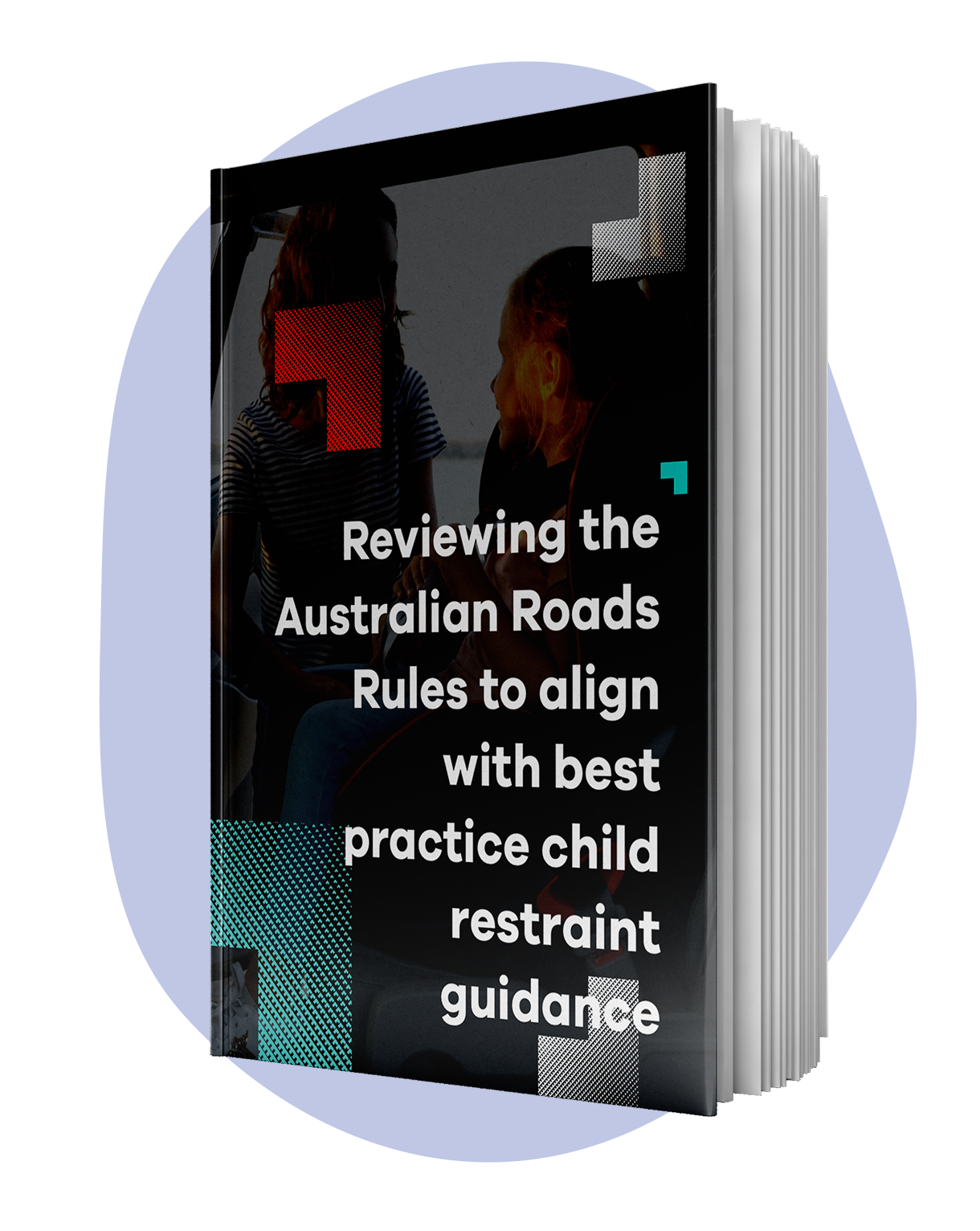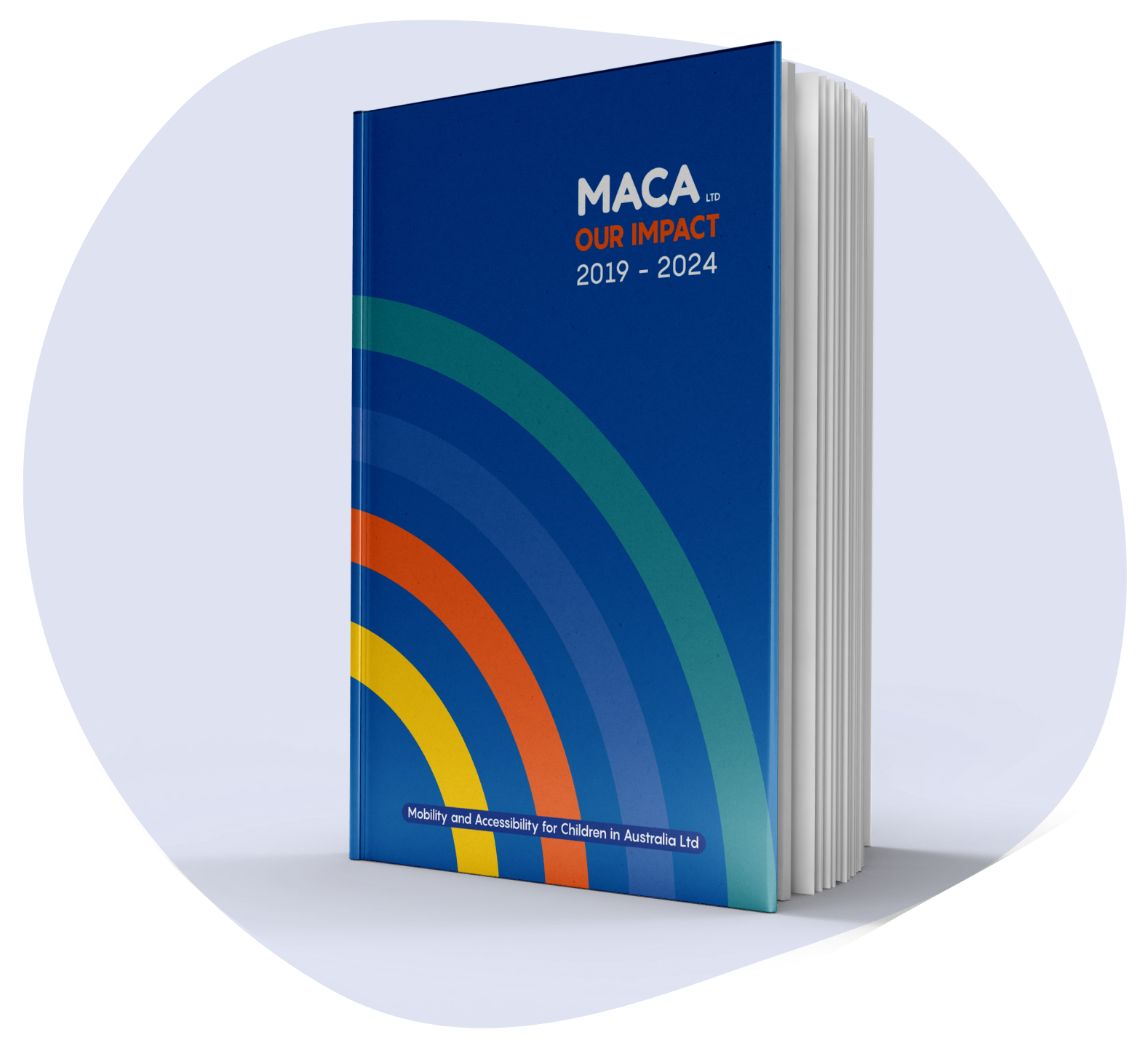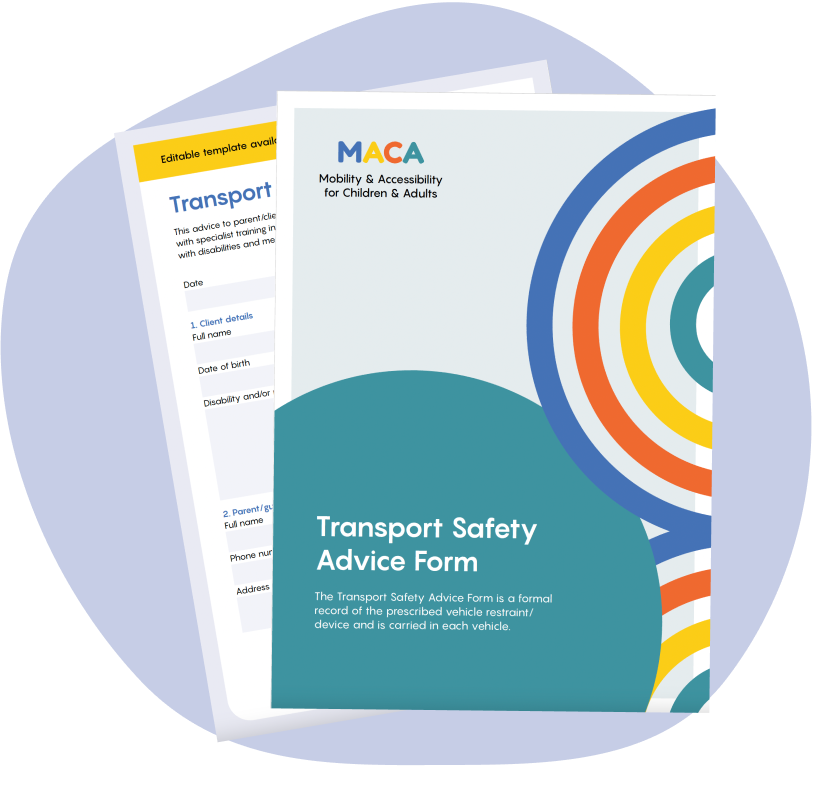New South Wales
Understanding road laws

Introduction
This page explains the main road rules in New South Wales for travelling in cars. These rules include exemptions where a person with a disability or medical condition needs an alternative restraint or method of travel.
But research shows these exemptions don’t always keep people safe. To support safer outcomes, we recommend seeking an assessment from a MACA trained allied health professional.
To improve protection for children with disabilities and medical conditions under the road rules, we successfully advocated for the current review of the Australian Child Restraint Road Rules to be inclusive of children with disabilities and medical conditions.
The National Transport Commission is now leading an inclusive review, and we are participating in the review’s Expert Advisory Group.

NSW road rules
The NSW road rules provide requirements for how people must be restrained when travelling in a motor vehicle, in the following age groups:
- Under 6 months
- 6 months to under 4 years
- 4 years to under 7 years
- 7 years to under 16 years
- 16 years and over
The rules define approved vehicle restraints, which are generally Australian standard car seats and seatbelts that comply with the Australian Design Rules. The type of vehicle restraint required will depend on the person's age and size.
Where a person with a disability or medical condition is unable to travel in an approved vehicle restraint, there are road rule exemptions that allow the person to travel in an alternative way.
Exemptions
An exemption is required when a person is prescribed a non-approved vehicle restraint, or is unable to wear the seatbelt properly adjusted and fastened. Examples of alternative methods of travel include:
- special purpose car seat
- modified Australian standard car seat
- specialty harness/vest
- additional recline (which may mean the seatbelt is not being worn properly adjusted and fastened)
- in rare cases, no child restraint or vehicle seatbelt
There is also an exemption to allow a child under 7 years to travel in the front row of a vehicle, which has two or more rows, due to their disability or medical condition.
The most common exemption road rules for New South Wales are listed below. There are also vehicle standard exemption requirements for the legal use of seatbelt buckle covers.
MACA Certified Professionals can help families and clients comply with these requirements. In some cases they will recommend registering the exemption (medical certificate) with Transport for NSW to avoid receiving a fine.
Road rules
There are different road rule exemptions depending on the age of the person and how they are travelling in the vehicle.

Children under 7 years (special purpose car seat)
The driver is exempt from transporting a child in an Australian standard car seat, providing:
* the driver is carrying a medical certificate that states the child is unable to travel in an Australian standard car seat because of their medical condition or disability
* the child is travelling in a child restraint designed for a person with a disability or medical condition
* the driver is complying with any conditions stated in the medical certificate

Children under 7 years (front row of vehicle with two or more rows)
The driver is exempt from the rule requiring the child to travel in the rear row of a vehicle with two or more rows providing:
* the driver is carrying a medical certificate stating that a medical practitioner believes the passenger should not be seated in the position described in those subrules because of a medical condition or disability that the passenger has, and
* the driver is complying with any conditions stated in the medical certificate

Children under 7 years (other alternative methods of travel)
The driver is exempt from transporting a child in an Australian standard car seat, and able to transport the child in an alternative method of travel providing:
* the driver is carrying a medical certificate that states the person should not wear a seatbelt because of a disability or medical condition
* the person is complying with any conditions stated in the medical certificate

Children 7 to under 16 years (alternative methods of travel)
The driver is exempt from transporting a child or young person in an Australian standard car seat or vehicle seatbelt, and able to transport the child in an alternative method of travel providing:
* the driver is carrying a medical certificate that states a medical practitioner believes the person should not wear a seatbelt because of a medical condition or disability
* the person is complying with any conditions stated in the medical certificate

Persons 16 years and over (alternative methods of travel)
A person is exempt from wearing a seatbelt, and able to travel in an alternative method, providing:
* the person (or, if the person is a passenger in or on a vehicle, the vehicle’s driver) is carrying a medical certificate that states a medical practitioner believes the person should not wear a seatbelt because of a medical condition or disability
* the person is complying with any conditions stated in the medical certificate

Seatbelt buckle covers
The NSW Vehicle Standards Information 49 (VSI 49) provides the conditions that must be met for the legal use of a seatbelt buckle cover, without needing to apply to Transport for NSW for approval.
VSI 49 requires the following:
- medical certificate to be carried in the vehicle with the buckle cover manufacturer’s instructions attached.
- the seatbelt buckle cover must comply with AS 4370:1996 (note this standard is out of date) and be fitted in accordance with manufacturer’s instructions.
- the seatbelt buckle cover must be removed when not being used by the nominated person.
NOTE: VSI 49 has not been updated since 2007 and includes out-of-date information. MACA continues to request that VSI 49 be reviewed.

Transport safety advice for parents/clients
MACA recommends that a Transport Safety Advice Form be completed by a prescriber (e.g., occupational therapist) where a person with disability/medical condition has been assessed and prescribed an alternative method of travel.
It is recommended that this advice to parent/client form is carried in the vehicle the person travels in at all times as it provides important information about the prescribed method of travel.
This form has been developed for use by MACA Certified Professionals and is available from MACAhub Pro.
FAQs
Can't find what you're looking for?
Get in touch for help

